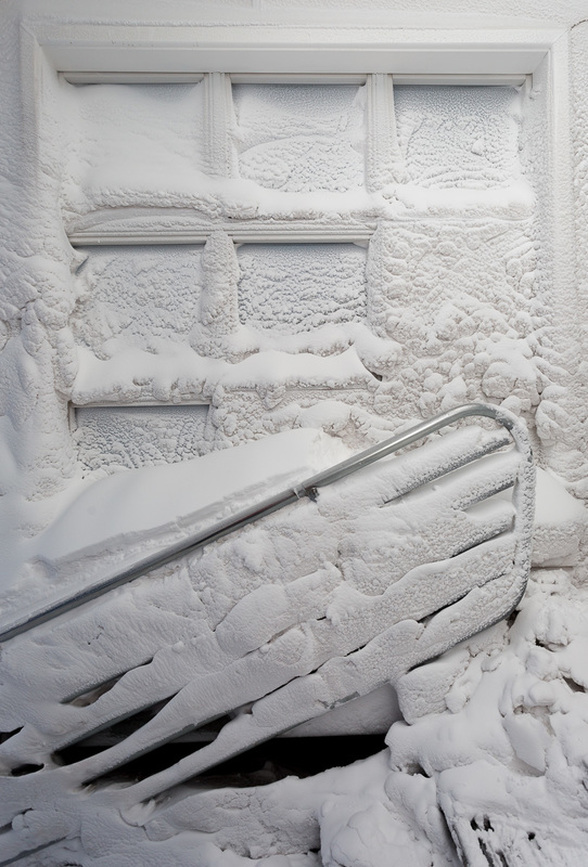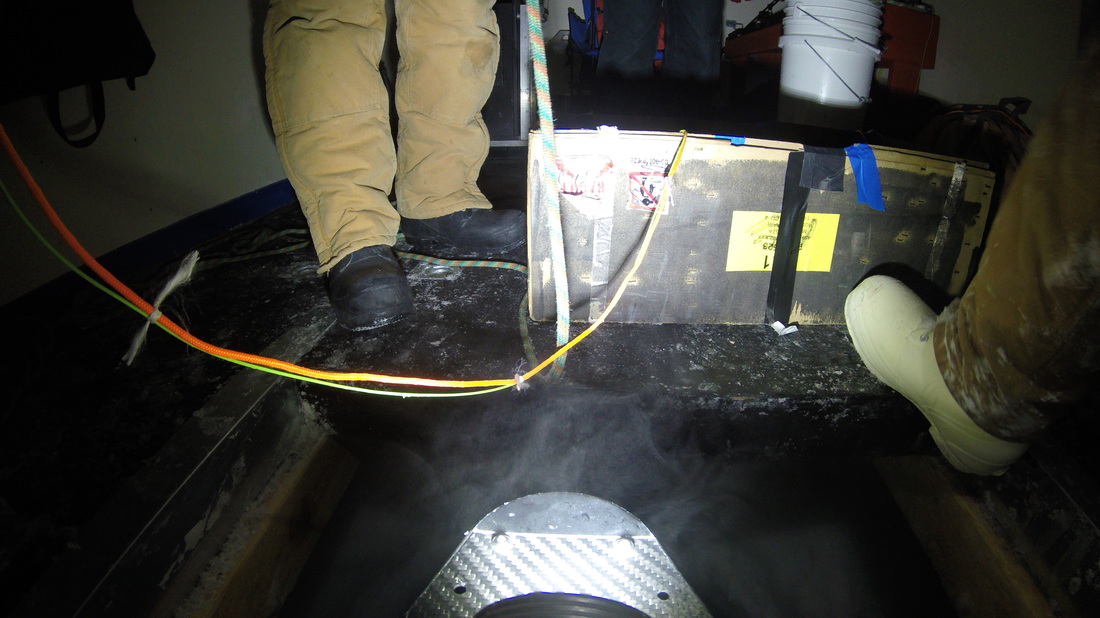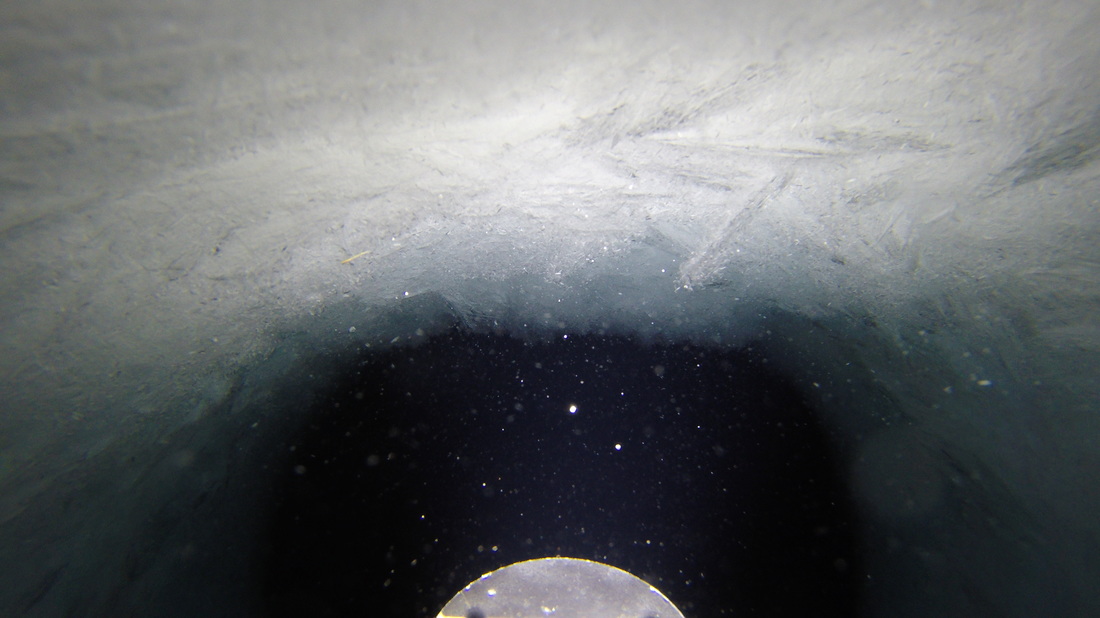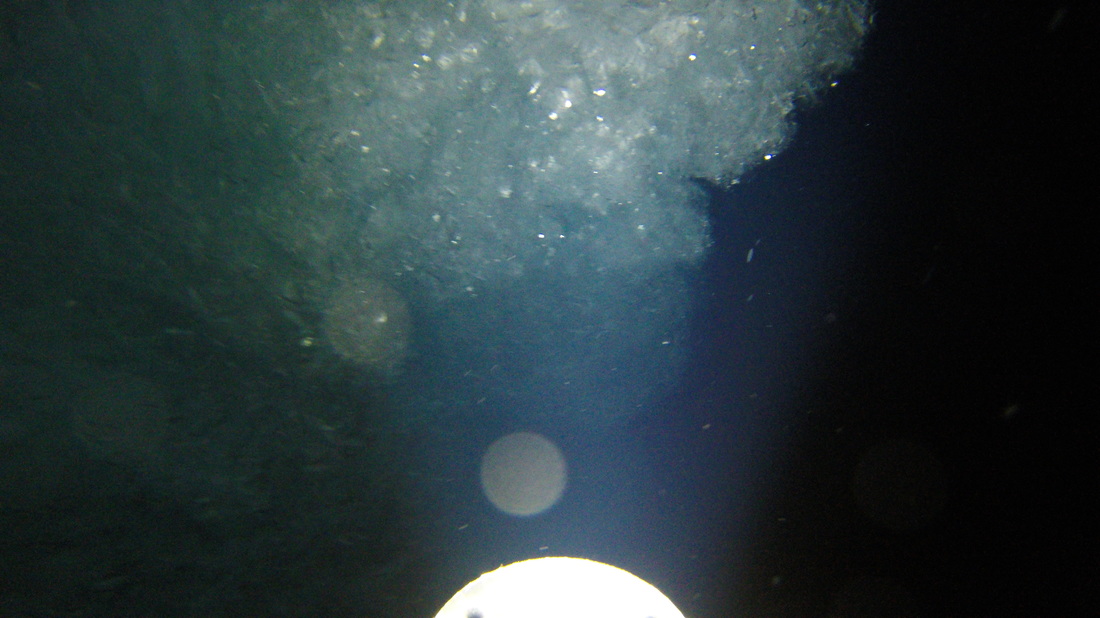Checking On Our Water Current Profiler
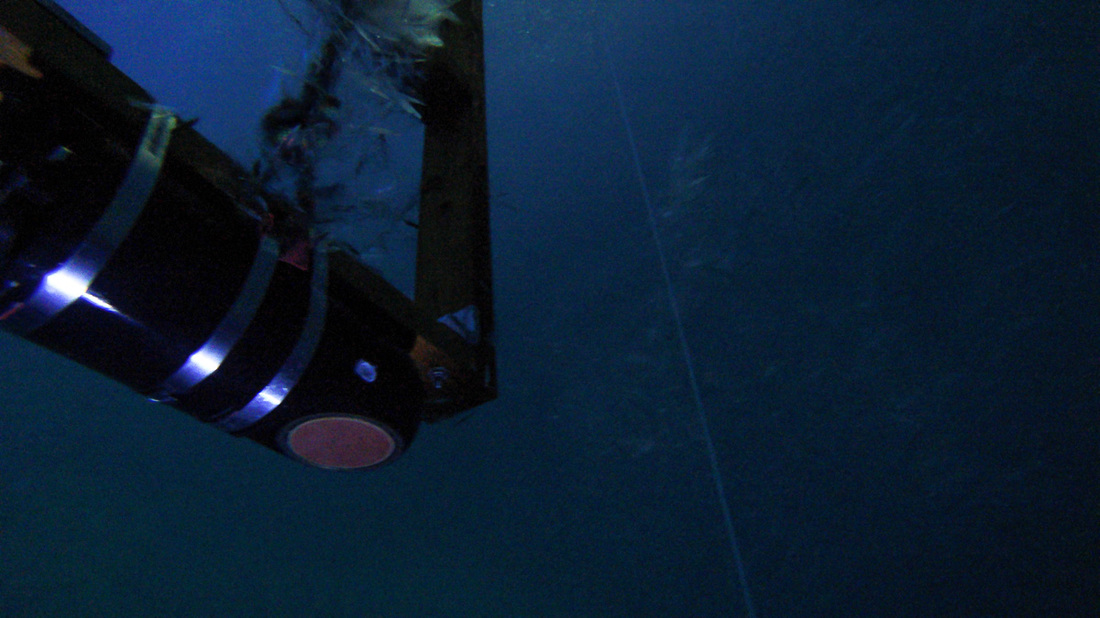
The sonar face is free of ice accumulation. (photo: Peter Kimball / Justin Lawrence)
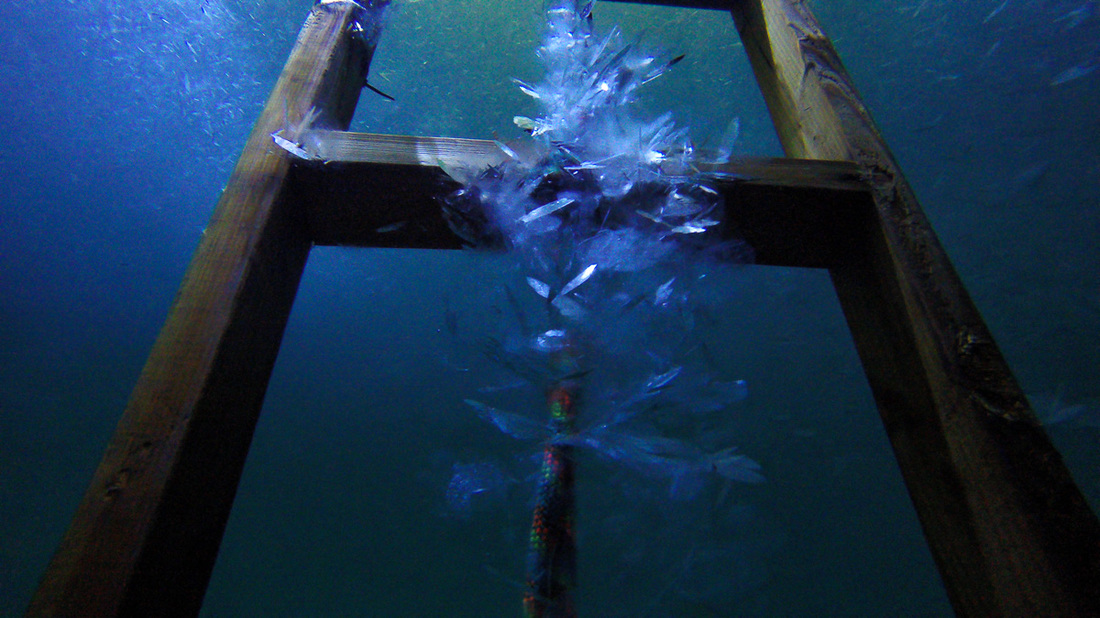
The safety rope attached to the sonar is not free of ice accumulation. (photo: Peter Kimball / Justin Lawrence)
Justin and I went out to the fish hut today to check on our water current profiling sonar. We refueled the generator, verified that the computer is still logging data, and lowered a camera & light into the hole to check for ice accumulation on the transducer face. With everything in good order, we headed back to town and refueled our Pisten Bully.
Reporting by Peter Kimball
